QuestionI am leasing a very sweet well mannered 9 year old appaloosa gelding who is presently barefoot. He is 16 hands high and is generally in good health. Over the past few weeks, he's seem challenged when cantering in one direction. I had him vetted yesterday. Some observations were that the front hooves were small and thinning. The vet stated that the horse is sound right now but over time would likely experience lameness as a result of the way his hooves are engineered. He didn't recommend shoeing and very thoroughly explained to my farrier (who was present for the exam) how to trim the hooves to even them out. I'm wondering if there is anything I can do to build up the hooves to prevent inevitable lameness. This horse is young and has an outstanding disposition. I really don't want to give up on him. If there is anything I can do now to ensure his comfort for as long as possible, I am willing to consider it. The vet did say he could do x-rays to see if he could see any other issues but that he suspects Navicular disease and he didn't offer much in the way of a long term solution. Any advice you can offer would be appreciated!
AnswerHello Gail!
Well, first, walking a horse for a minimum of 10 mins a day on a smooth, hard surface (tarred road) does more to condition and restore hooves than anything! Either hand walk or ride walk; either way. But a minimum of 10 mins. day. No gravel if possible. That will not only callous up the sole nicely but will also stimulate circulation for more growth.
Navicular is fast becoming or has become a catch-all dx unfortunately. One cannot tell if its 'Navicular Disease' without a series of xrays over a long period of time to watch the changes that are occuring. On the other hand, "Navicular" is nothing more than "Caudal Heel Pain" and needs to be addressed by trim, diet, environment, exercise. I would venture to guess that the toes are probably longer than they could be to maximize heel-landing coupled with heels that are a bit too long and forward from where they *should* be. Or, they might be too high and upright? Either way, the trim of the hooves probably needs attention as to correct balance and levelness of the foot. If you go to: http://www.barefoottrim.com and take a look in the EDUCATIONAL section, you'll find an article entitled, "The Balanced Equine Hoof". That's an excellent place to see how the equine hoof *should* be balanced and leveled and you can compare your horse's hooves with the photos there.
I don't believe there is 'inevitable lameness' in the future. One needs to understand the natural form of the equine hoof so as to maximize the function for optimal soundness.
Hope this is helpful to you.
:) -- Gwen

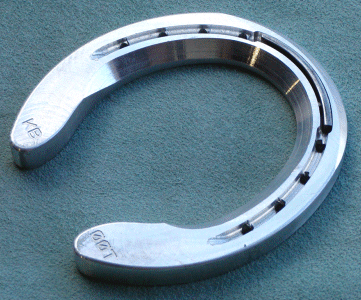 wedge shoes usage
Question
wedge shoe
hello, may i know when to us
wedge shoes usage
Question
wedge shoe
hello, may i know when to us
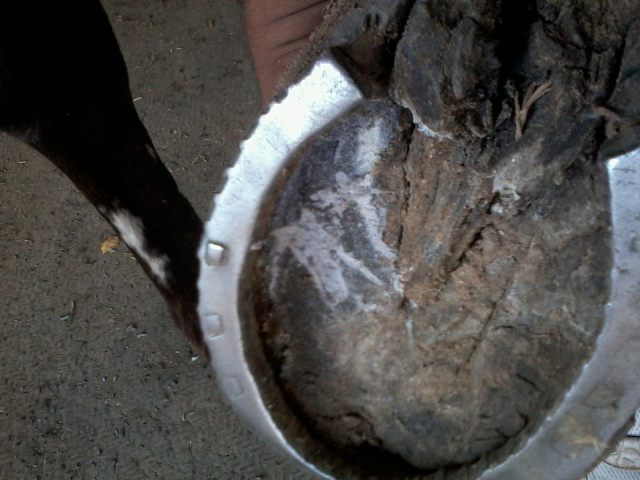 horrible hooves
Question
left fore right fore
hello sir.
horrible hooves
Question
left fore right fore
hello sir.
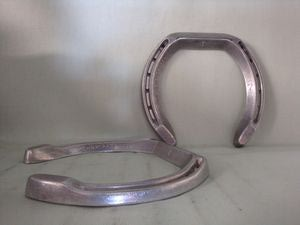 what type of shoe
Question
what type of shoe
hello sir, what type
what type of shoe
Question
what type of shoe
hello sir, what type
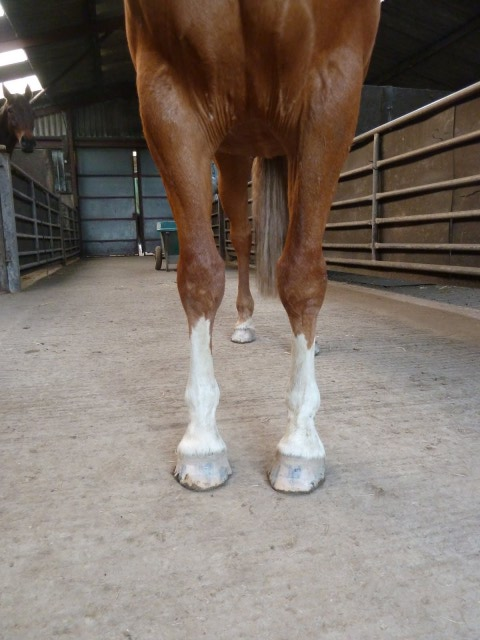 horse with flat feet with thin sole
Questionhorse with flat feet w
QUESTION: hello,
horse with flat feet with thin sole
Questionhorse with flat feet w
QUESTION: hello,
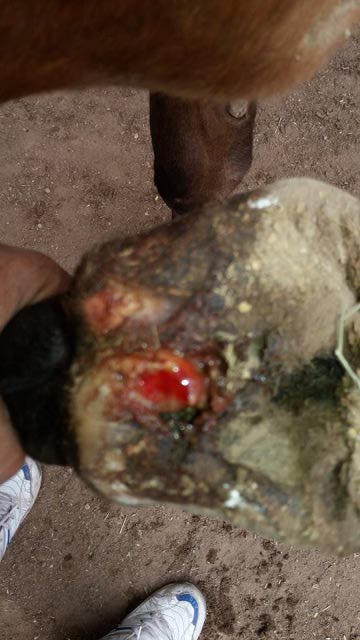 foal heel injury
Question
heel injury
Hello sir. I have a questio
foal heel injury
Question
heel injury
Hello sir. I have a questio